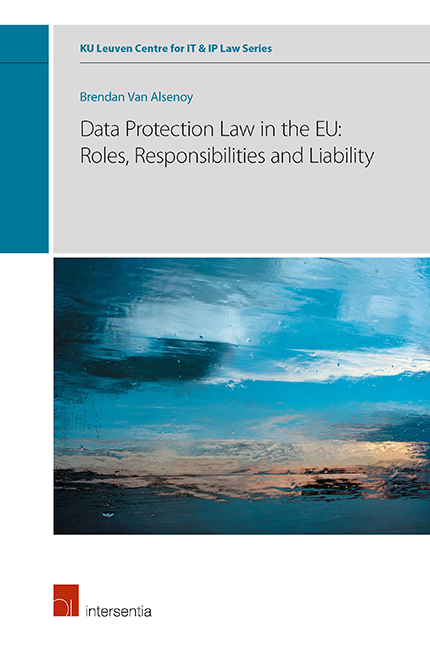Crossref Citations
This Book has been
cited by the following publications. This list is generated based on data provided by Crossref.
Christofi, Athena
Dewitte, Pierre
Ducuing, Charlotte
and
Valcke, Peggy
2020.
Personal Data Protection and Legal Developments in the European Union.
p.
140.
Sakamanee, Pitchaya
Phithakkitnukoon, Santi
Smoreda, Zbigniew
and
Ratti, Carlo
2020.
Methods for Inferring Route Choice of Commuting Trip From Mobile Phone Network Data.
ISPRS International Journal of Geo-Information,
Vol. 9,
Issue. 5,
p.
306.
Christofi, Athena
Dewitte, Pierre
Ducuing, Charlotte
and
Valcke, Peggy
2021.
Research Anthology on Privatizing and Securing Data.
p.
1790.
Amankwah, Jeffrey
and
Stroobants, Nele
2022.
Insurance and Human Rights.
Vol. 5,
Issue. ,
p.
173.
Phithakkitnukoon, Santi
2023.
Urban Informatics Using Mobile Network Data.
p.
131.
Piaia, Thami Covatti
2023.
ATTENZIONE, ESPLORATORI DI DATI: MA ANÁLISE JURÍDICA SOBRE OS TERMOS DE USO DO APLICATIVO THREADS NO BRASIL E NA UNIÃO EUROPEIA.
Revista Eletrônica Direito e Política,
Vol. 18,
Issue. 3,
p.
489.
Christofi, Athena
Verdoodt, Valerie
Bertels, Natalie
Ziegler, Sébastien
Quesada Rodriguez, Adrian
and
Radócz, Renáta
2024.
Springer Handbook of Internet of Things.
p.
341.



